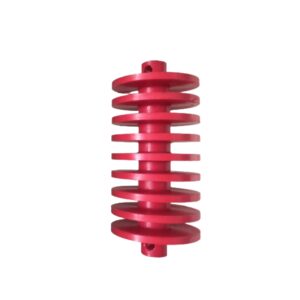
Introduction
Solid Cast Pigs are a trusted solution for pipeline maintenance and cleaning, renowned for their robust construction and consistent performance. Crafted from a single, solid material, these pigs are engineered for durability and resilience against wear and tear. They ensure prolonged effectiveness in removing debris, deposits, and obstructions within pipelines. Their solid design not only enhances their longevity but also makes them adept at promoting smooth pipeline operations. It also underlines their importance in maintaining the integrity and efficiency of pipeline systems.
A standout characteristic of solid cast pigs is their exceptional strength. The strength enables them to endure the challenging conditions commonly encountered within pipelines. With a structure free from detachable parts, these pigs mitigate the risk of breakage during cleaning operations. It establishes them as a dependable choice for tackling rigorous cleaning requirements.
Features of Solid Cast Pigs
Solid Cast Pigs stand out as a preferred choice for pipeline cleaning operations due to a host of advantages they offer. Their durability results in an extended lifespan compared to alternative pig types, leading to reduced maintenance frequency and replacement costs. This longevity not only ensures cost savings but also amplifies operational efficiency. It is a crucial factor for pipeline operators striving for streamlined processes and reduced downtime.
The effective cleaning performance of Solid Cast Pigs is another notable benefit. They excel in thoroughly eliminating debris and deposits, thereby preserving optimal flow rates and preventing blockages that could disrupt pipeline operations. Their adeptness at maneuvering through bends and obstacles within pipelines further bolsters their cleaning efficacy, enabling them to efficiently clear accumulated materials and maintain pipeline integrity.
The consistent and dependable results delivered by solid cast pigs have solidified their reputation as a top choice for pipeline maintenance tasks. Operators can place their trust in these pigs to deliver thorough and reliable cleaning, mitigating risks associated with corrosion, blockages, and other issues that may compromise pipeline functionality and structural integrity.
Solid Cast Pig
The Solid Cast Pig, also refers to as the cut pig, is a hygienic pipe pig crafted from special elastomer materials known for their wear resistance. Its unique design incorporates a non-abrasive pushing head and a spherical bearing end that distributes force evenly. Designed slightly larger than the pipe diameter with a narrower waist for efficient scraping, this pig boasts an impressive recovery rate of around 99.5%. Notably, the pig is FDA-tested and SGS-certified for plasticizer testing, meeting stringent standard requirements. Even during turns, these pigs demonstrate flexibility and effectiveness, smoothly navigating through pipelines without compromising performance or leaving any slag pollution due to their permanent magnets.
Detachable Polyurethane Pig Features
The Detachable Polyurethane Pig comprises a ball, a ball cover, and a lip, housing an internal magnet for enhanced functionality. Utilizing a metal ball core for stability in the ball cover material, this design safeguards the pig’s structure during recovery operations while providing increased elasticity. A buffering mechanism mitigates the impact, shielding the metal components and preventing damage and disintegration within the pipeline. The split design of this pipe cleaner ensures resistance to impacts, wear, and durability, ensuring the pigging system’s consistent and stable operation over extended periods. This design feature not only extends the service life of the pig but also reduces costs and the frequency of replacements, offering customers enhanced pigging efficiency and cost savings.
Polyurethane Test Report
| Polyurethane Test Report | ||||
| NO. | TEST PROJECT | UNIT | TEST REPORT | TEST METHOD |
| 1 | Shore hardness | Shore A | 83 | GB/T 531.1-2008 |
| 2 | DIN abrasion | mm3 | 21 | GB/T 53516-1987 |
| 3 | Akron abrasion | cm3 | 0.0518 | GB/T 1689-1998 |
| 4 | 100% stress at definite elongation | MPa | 3.41 | GB/T 528-2009 |
| 5 | 300% stress at definite elongation | MPa | 5.74 | GB/T 528-2009 |
| 6 | Tensile strength | MPa | 51.2 | GB/T 528-2009 |
| 7 | Elongation at break | % | 1263 | GB/T 528-2009 |
| 8 | Tear strength(right angle) | kN/m | 77 | GB/T 529-2008 |
| 9 | Resilience rate | % | 34 | GB/T 1681-2009 |
Specification
Polyurethane is a versatile polymer famous for its durability. It’s used in various industries due to its flexibility and resilience. This material can be rigid or flexible, depending on its composition. Polyurethane resists abrasion, making it ideal for coatings and sealants. It offers excellent resistance to chemicals and weathering. Its versatility extends to automotive parts and medical devices. The material’s properties include high load-bearing capacity and impact resistance. Its strength, versatility, and longevity are attributed to the widespread use of polyurethane, valued for mimicking natural materials.
| Polyurethane material specification: | ||
| NO. | Factory inspection main indicators | Cup/DISC |
| 1 | 20℃Hardness(SHORE A) | 85±2 |
| 2 | Tensile strength (MPa) | 51.7 |
| 3 | 100%stress at definite elongation (MPa) | 4.8 |
| 4 | 300%stress at definite elongation (MPa) | 9.2 |
| 5 | Tensile set (%) | 780 |
| 6 | Tear strength (KN/m) | 73 |
| 7 | Impact resilience (%) | 32 |
| 8 | DIN abrasion (mm²) | 35 |
Flexible polyurethane foams are soft, cushiony materials known for their comfort and flexibility, commonly used in upholstery and bedding. In contrast, rigid polyurethane foams are sturdy and provide structural support and insulation. Flexible foams offer resilience and conformability, ideal for comfort-centric products, while rigid foams boast high compressive strength and superior insulation properties, making them suitable for structural applications requiring durability and thermal efficiency.


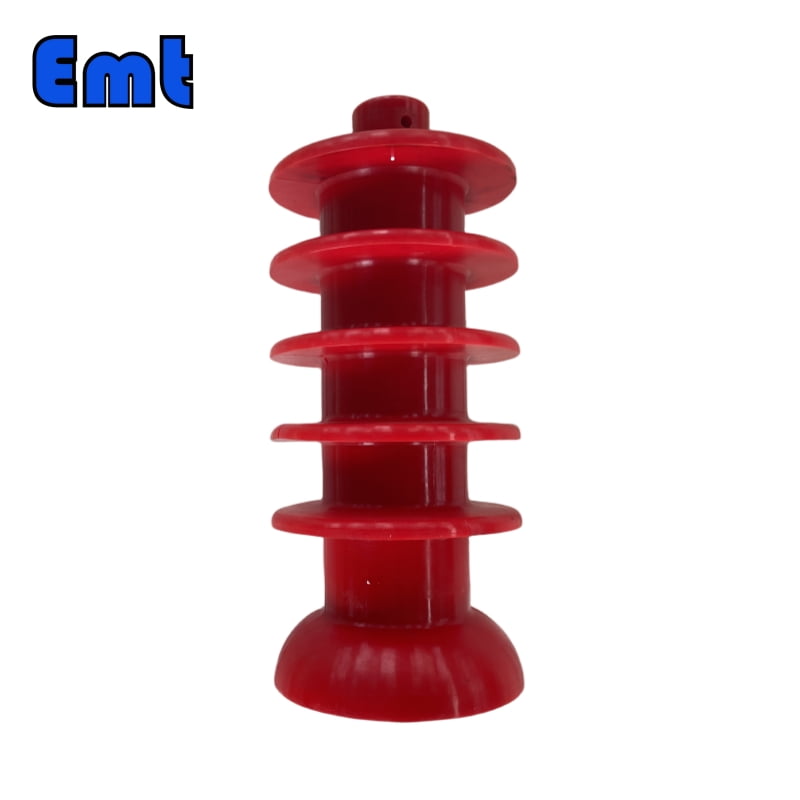
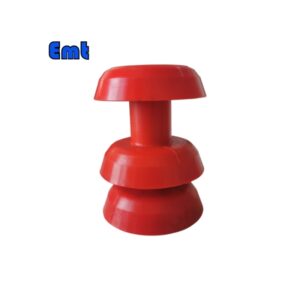
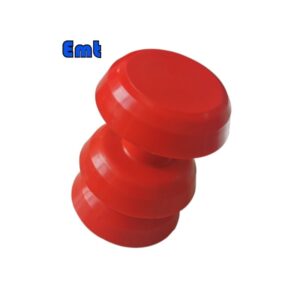
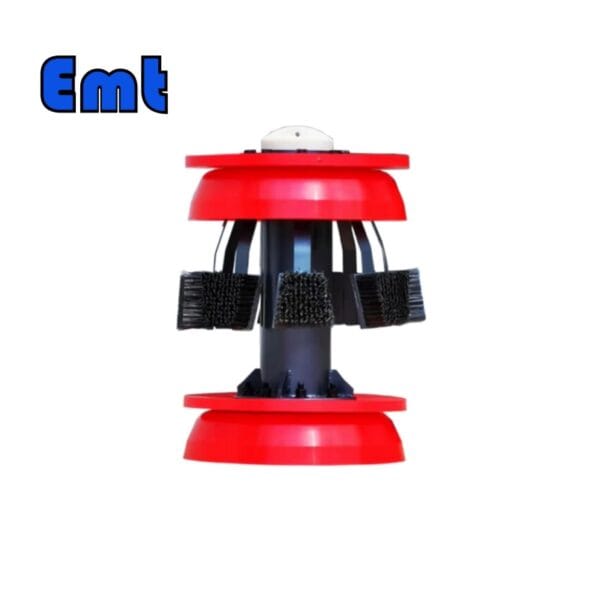
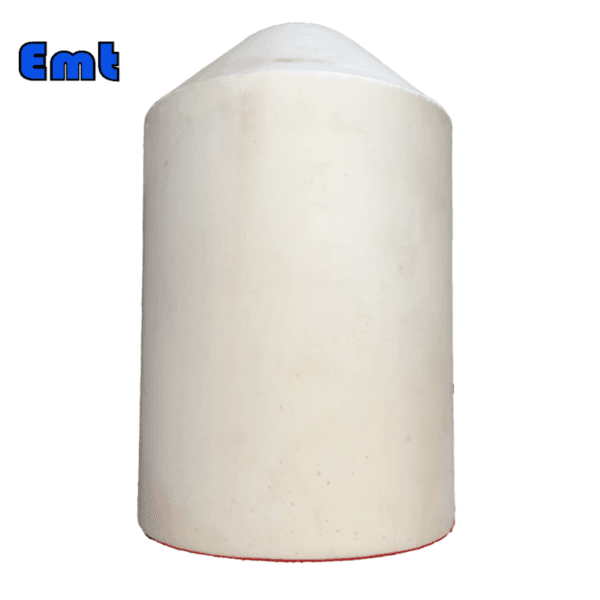
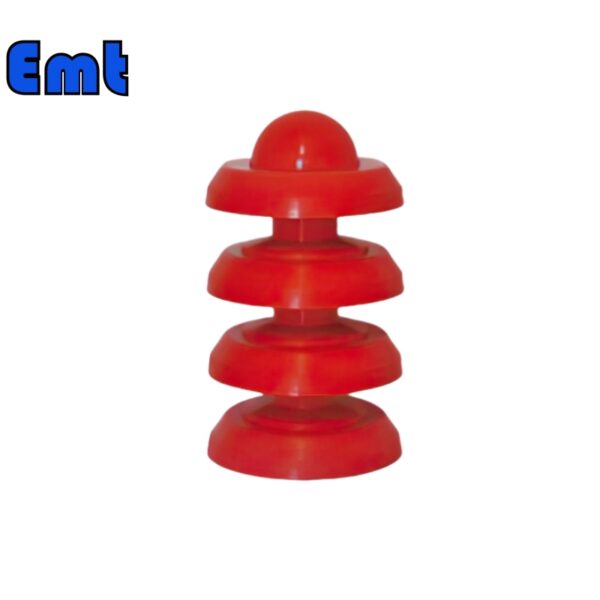
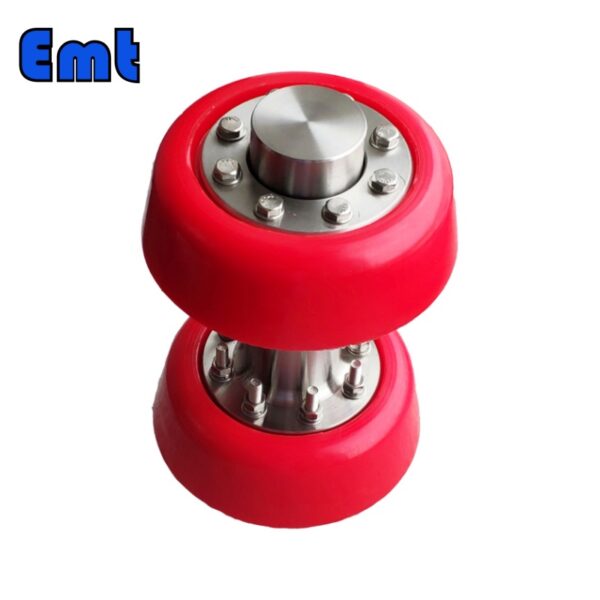
There are no reviews yet.